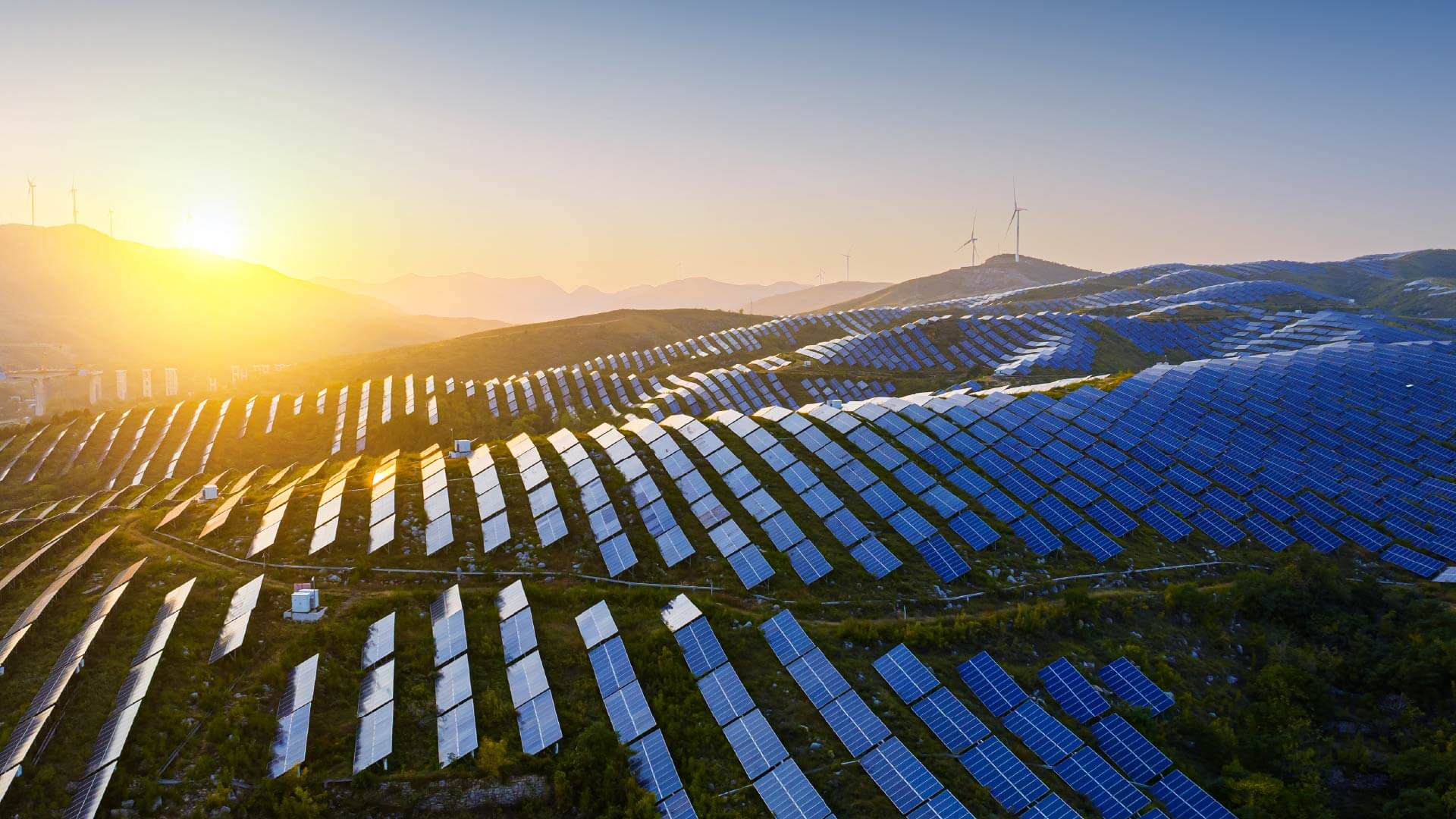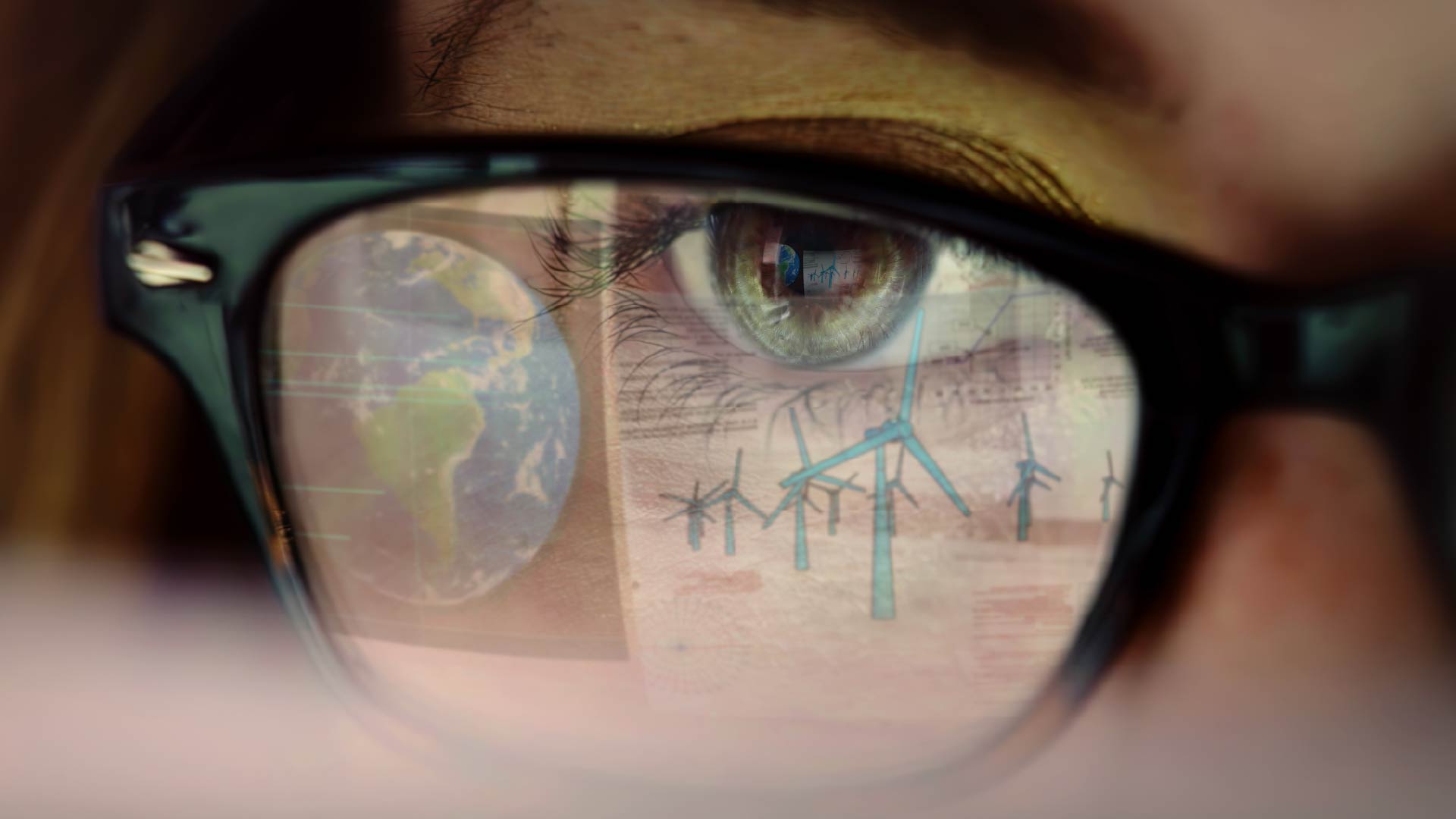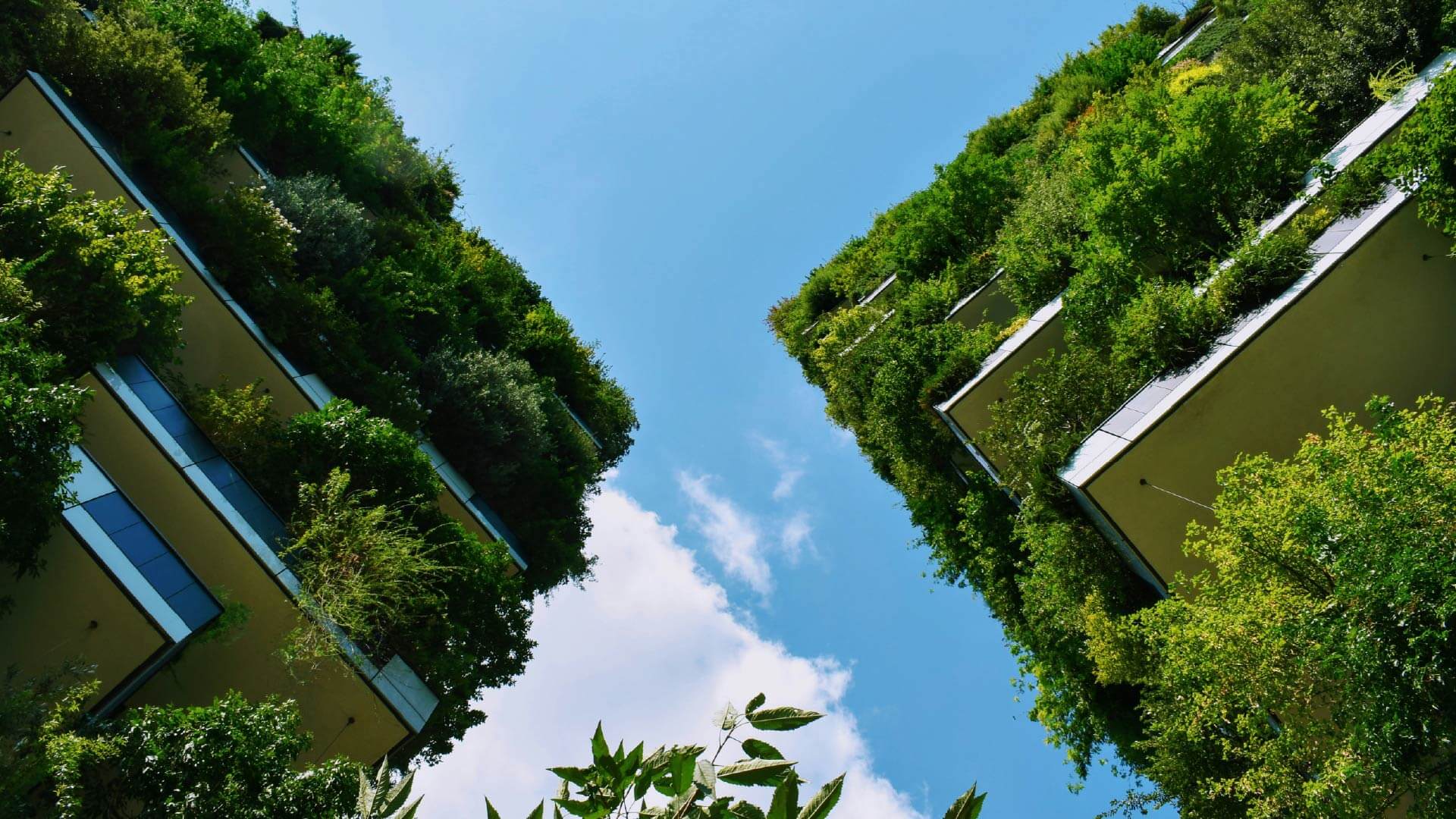Invasive Species And Climate Change: A Risky Combination
Climate change and biodiversity loss are tightly coupled global crises, and one of the many ways that climate and nature risk intersect is through the spread of invasive species. As firms report and act on both nature and climate risks, they must consider the impacts of non-native flora and fauna.
Invasive species are plants, animals and other organisms that cause environmental or societal damage when brought into a new area. As the planet warms, invasive species spread more rapidly and become harder to control. These infestations can exacerbate carbon dioxide emissions while also amplifying the social and economic impacts of climate change. The combined effect of alien species and a changing climate can cause profound ecological damage, including loss of biodiversity. This results in accelerated climate change and declining ecosystem services.
Climate change benefits invasive species in several ways. Extreme weather events, such as flooding, can transport plants and animals into new areas. Across the globe, environmental change can make conditions more favourable to invasives, allowing alien species to proliferate. One area of concern is the Arctic. As sea ice melts, new shipping routes open, and ballast water-borne marine organisms move into the warming waters.
Not only does climate change exacerbate the spread of invasives, but many invasive species also directly contribute to climate change by decreasing carbon storage in natural systems. For example, insects and other pests damage trees, limiting forests’ ability to store carbon. Plus, invasive vegetation can increase susceptibility to fire. Non-native plants can also reduce carbon stored in soil. In short, the relationship between climate change and invasive species is a two-way street.
Invasive species also have a direct impact on physical risks from extreme weather. For instance, water hyacinth is an aquatic plant that is invasive in many parts of the world. Among other impacts, water hyacinth increases flood risk by blocking water channels. When intense precipitation hits, the outcomes can be devastating. Another example is trees such as acacia and eucalyptus, which consume large amounts of water, worsening drought in water scarce areas. Combined, climate change and invasive species amplify threats faced by people and organizations around the world.
Understanding risks from invasive species is becoming increasingly important, as firms expand their climate and nature related disclosures (see Verdantix Strategic Focus: Navigating Nature-Related Risks). Even industries that do not directly depend on natural resources must be mindful of how invasive species can affect their physical climate risks and net zero plans. Additionally, a firm could face reputational risks if they promote invasives, either through business operations or carbon offset projects. Conversely, combatting invasive species creates opportunities to simultaneously address nature and climate risks. With such extensive interactions between invasive species and climate change, it’s clear that nature and climate risks cannot be managed in isolation.About The Author

Emma Cutler
Principal Analyst





